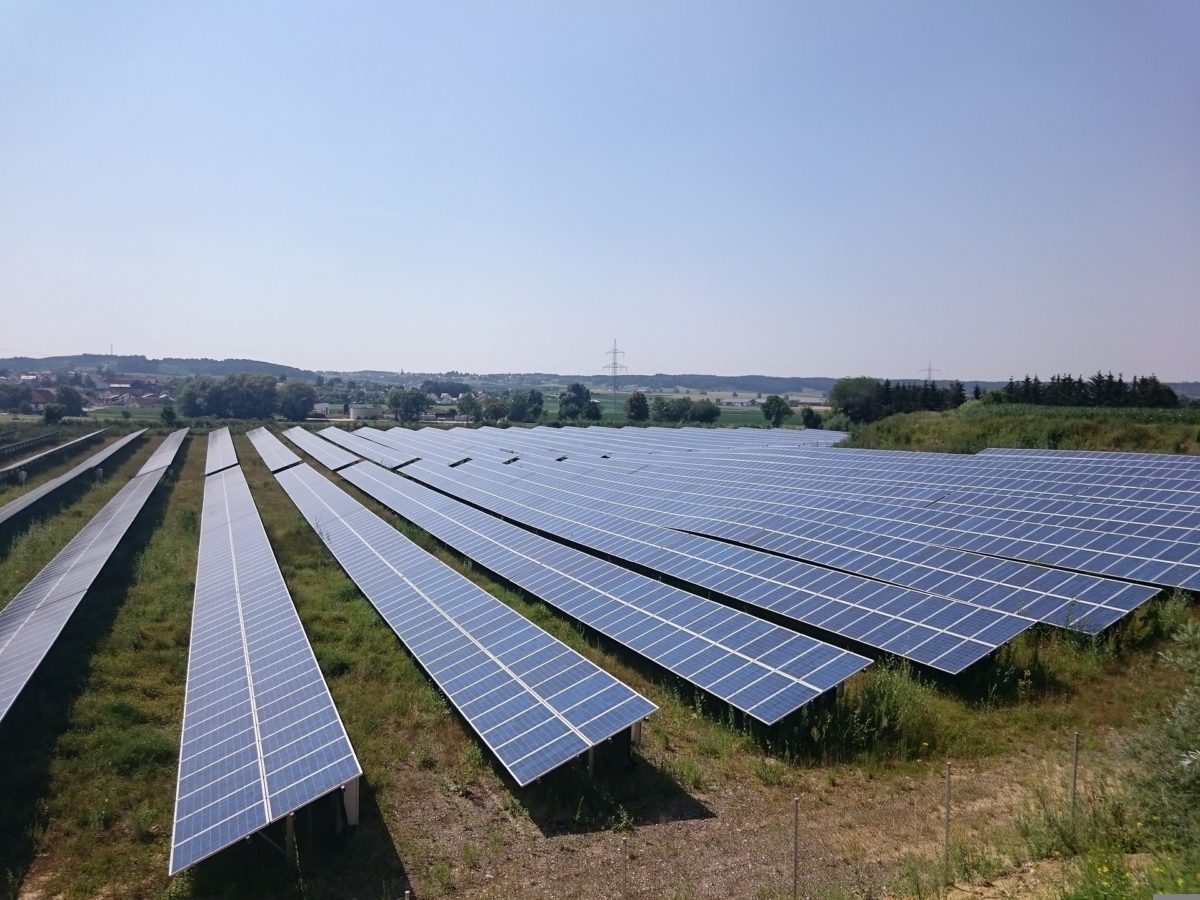The latest big energy-transition publication from the International Renewable Energy Agency (Irena) has once again emphasized the dominant role to be played by solar in a net zero world.
The Abu Dhabi-based organization has updated the analysis it produced in 2016 about the ten countries that make up the Association of Southeast Asian Nations (Asean) to map a route to net zero in the region by mid century.
The authors of the report – jointly written by inter-governmental regional body the ASEAN Center for Energy – concluded solar will become the dominant force among new power generation capacity by mid century, even in the most pessimistic business-as-usual scenario, which presumes backsliding in environmental ambitions.
The bill
In terms of the energy transition required to prevent catastrophic climate change, the study says Asean nations must have installed 241 GW of solar generation capacity this decade, at a cost of $156 billion, and can then spend $1.08 trillion to reach 2.1 TW of solar in a 90%-renewables energy system by 2050, or $1.25 trillion for 2.4 TW across the ten countries for an all-clean-power grid.
When it comes to adding in the grid upgrades, energy storage facilities and electric vehicles (EVs) and chargers needed to back up such a solar revolution, Irena said, $968 billion must be spent this decade, plus a further $8.77 trillion or $9.11 trillion, depending on whether the region retains a 10% fossil fuel contribution in its power mix – mostly from natural gas.
And don't forget…
Factor in the entire cost of the regional energy transition, including other renewables, operations and maintenance expense, and a host of other investments, and the total bill for a 90% clean energy power mix in 2050 would come in at $28.1 trillion, with a renewables grid costing $29.4 trillion.
If those figures appear daunting, Irena says its base case scenario – based on current energy plans in the region – tops out at $28.3 trillion in 28 years' time.
That breaks down as a net-zero need to add 64 GW to 73 GW per year of new solar in Brunei, Myanmar, Cambodia, the Philippines, Indonesia, Singapore, Laos, Thailand, Malaysia, and Vietnam. Indonesia would need to add 24.2 GW per year of photovoltaics, starting this year; Vietnam 17.9 GW; and Thailand 11.2 GW. At the other end of the scale, Brunei would have to contribute just 70 MW annually.
Popular content
In cost terms, Vietnam offers the lowest levelized cost of energy from solar, at $0.046/kWh, with Irena adding “most” other Asean nations have figures between $0.05/kWh and $0.075/kWh.
The archipelagic nature of the Philippines and Indonesia means mini-grids and standalone clean power kits will have to do some of the lifting, prompting a need for more legislation and incentives to drive their roll-out, the report added.
The 128-page study, published last week, estimated Asean nations will need around 11 million tons of green hydrogen by 2050, to be used in heavy industry, shipping fuels, and to balance out all that solar, along with grid scale batteries.
Strategic shortfall
The region is lagging the sort of progress witnessed in other parts of the world when it comes to hydrogen strategies, according to the report, and what progress there has been is focused on exporting the energy carrier to big regional neighbors such as Japan and South Korea, which have not placed sufficient emphasis on green hydrogen. Producing blue or even, fossil-fuel grey hydrogen for those nations could lock Asean nations out of the global market, warned the report's authors, given the stress being placed on green hydrogen production in the strategies of Australia and the Gulf States.
Another potential energy transition opportunity for Asean nations lies in exploitation of the raw materials critical to renewables and EVs. Indonesia is a big supplier of the world's nickel and copper and the Philippines also has a big slice of both markets. Vietnam, Malaysia, and Myanmar have substantial rare earth element deposits, the report noted.
Going it alone on any of those fronts would cripple the solar revolution required, according to the study's authors, because Asean nations would have to co-ordinate regional interconnection and power supply deals to be able to support the vast number of solar panels that would be required to achieve a net-zero carbon energy mix.
This content is protected by copyright and may not be reused. If you want to cooperate with us and would like to reuse some of our content, please contact: editors@pv-magazine.com.



